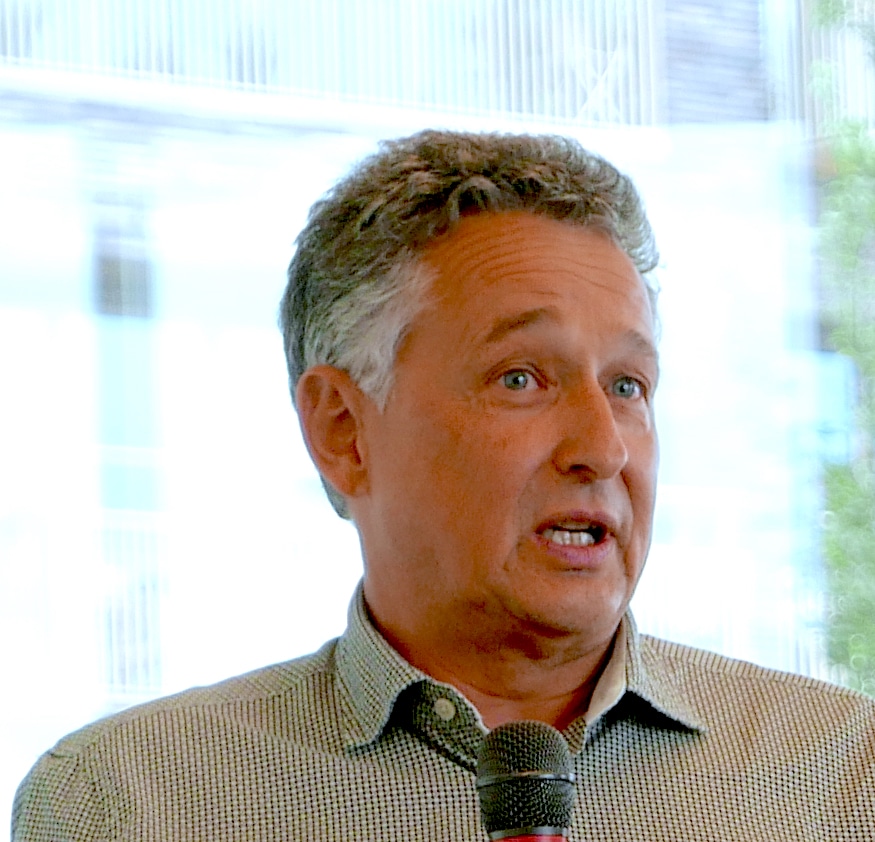Has MIT found the tiny solution to enable a fully internalised hearing implant?
A biocompatible piezoelectric material solves one part of this quest, while researchers identify a potential location for a middle ear microphone

Getty Images - Mohammed Haneefa Nizamudeen
The microphone is one of the main obstacles in the way of developing a fully internalised cochlear implant. But a multidisciplinary team of researchers at MIT, Massachusetts Eye and Ear, Harvard Medical School, and Columbia University is well on the way to finding the right materials, miniaturisation, and location for this tiny instrument sensitive to sound waves. The team has produced an implantable microphone that performs as well as commercial external hearing aid microphones.
Since cochlear implants today are only partially implanted, relying on external hardware on the side of the head, users face restrictions. They can't swim, exercise, or sleep while wearing an external unit. For some, it means they may forgo an implant altogether.
Over a year of research, the team developed a prototype microphone using biocompatible piezoelectric material that generates an electric charge when compressed or stretched, such as when measuring miniscule movements on the underside of the...
This content is only accessible to registered users of the website audiology worldnews
Already subscribed Log in


